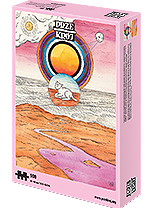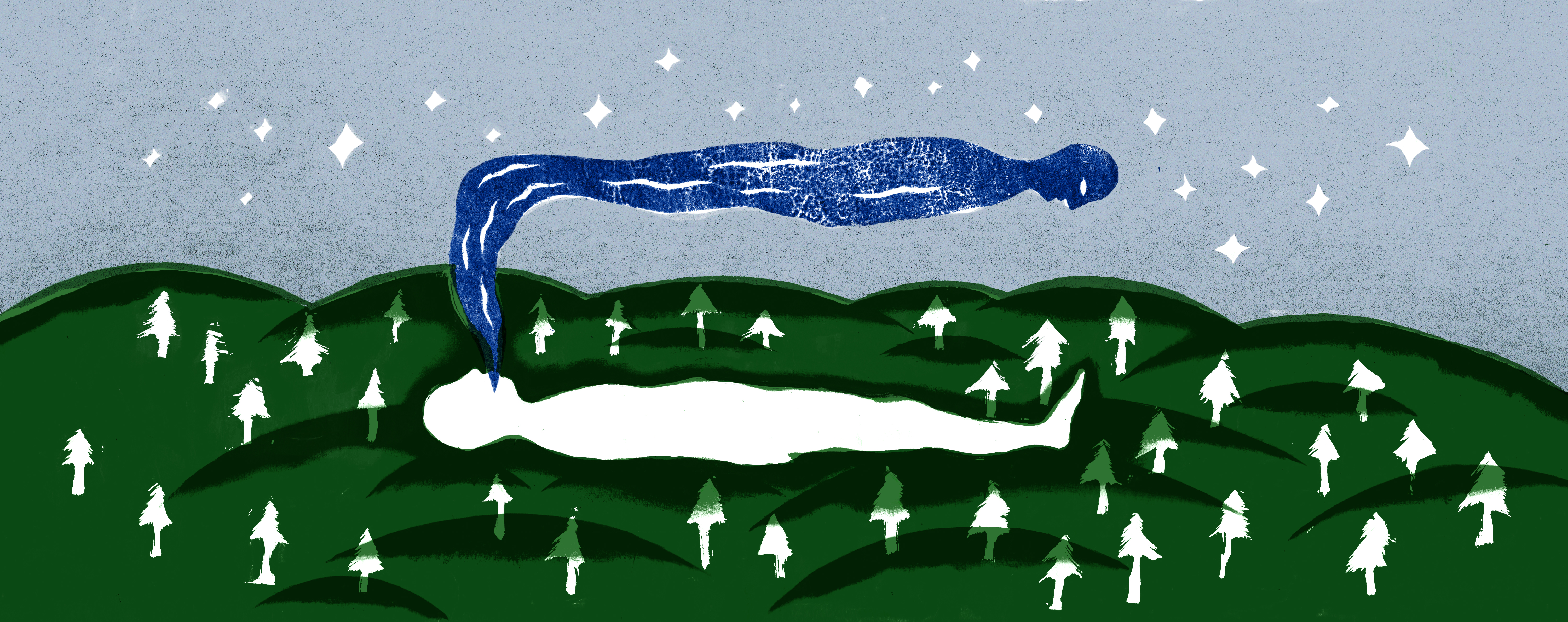
It is uncommonly difficult to talk about death. It is always other people who die, not us. Only the living talk about death. We contemplate the nature of death, but don’t even really know precisely when it occurs!
We take it as read that the family and doctors ultimately declare someone as dead when they switch off the life support machine. But are we sure we are not killing? Even when there is no brain activity, certain processes in the body are still going. Is that death? Compared to




